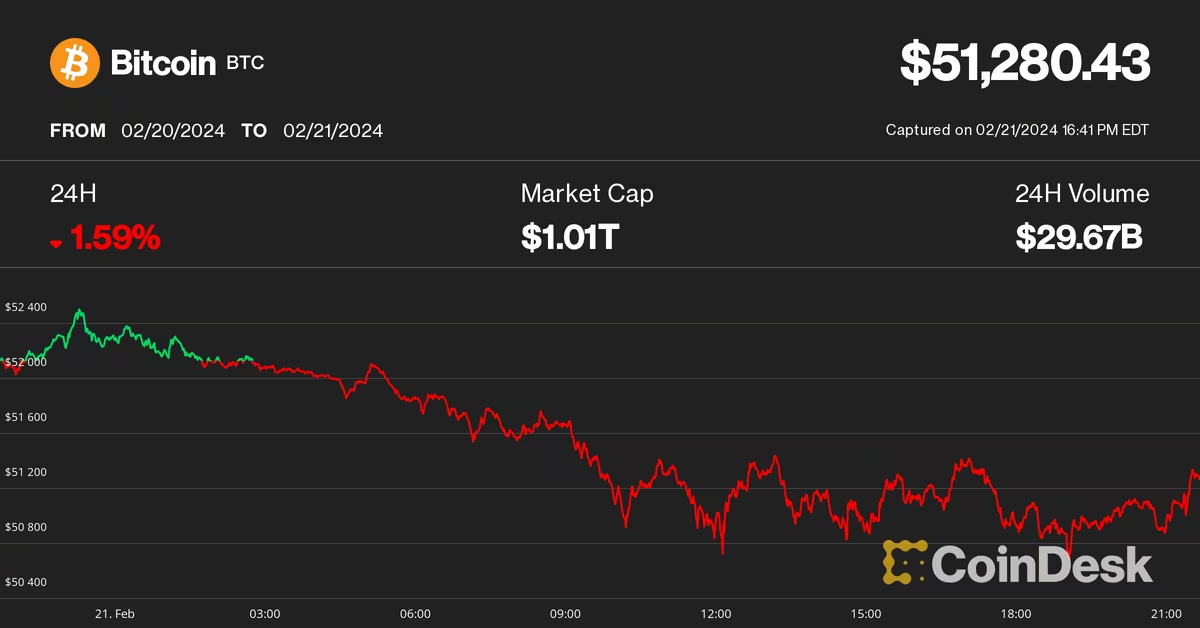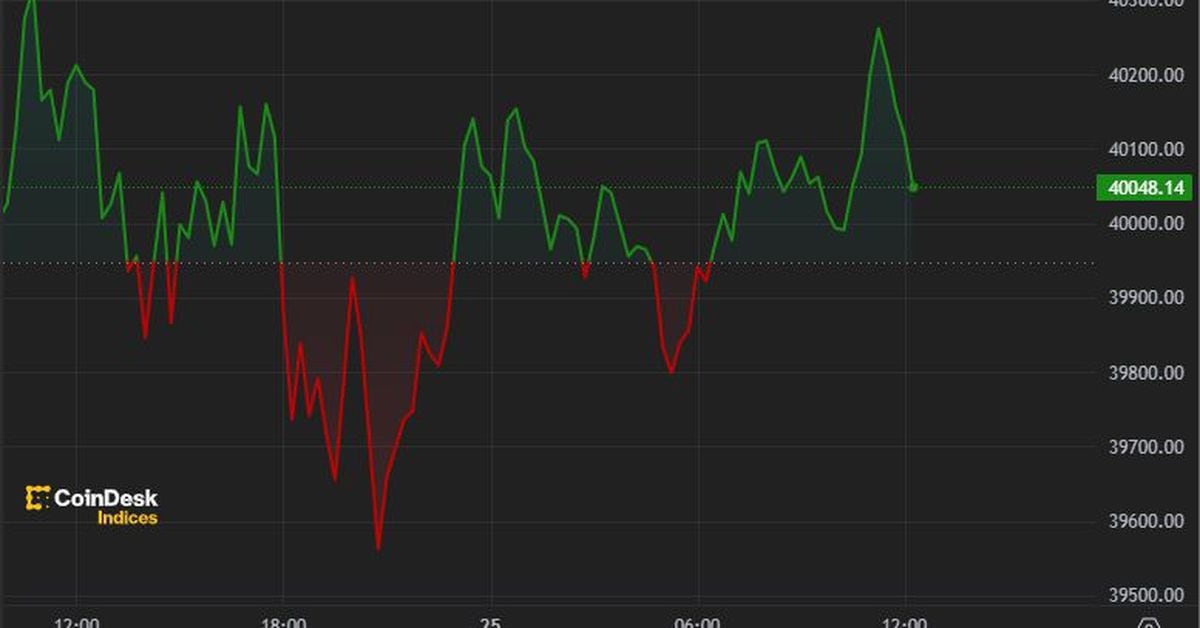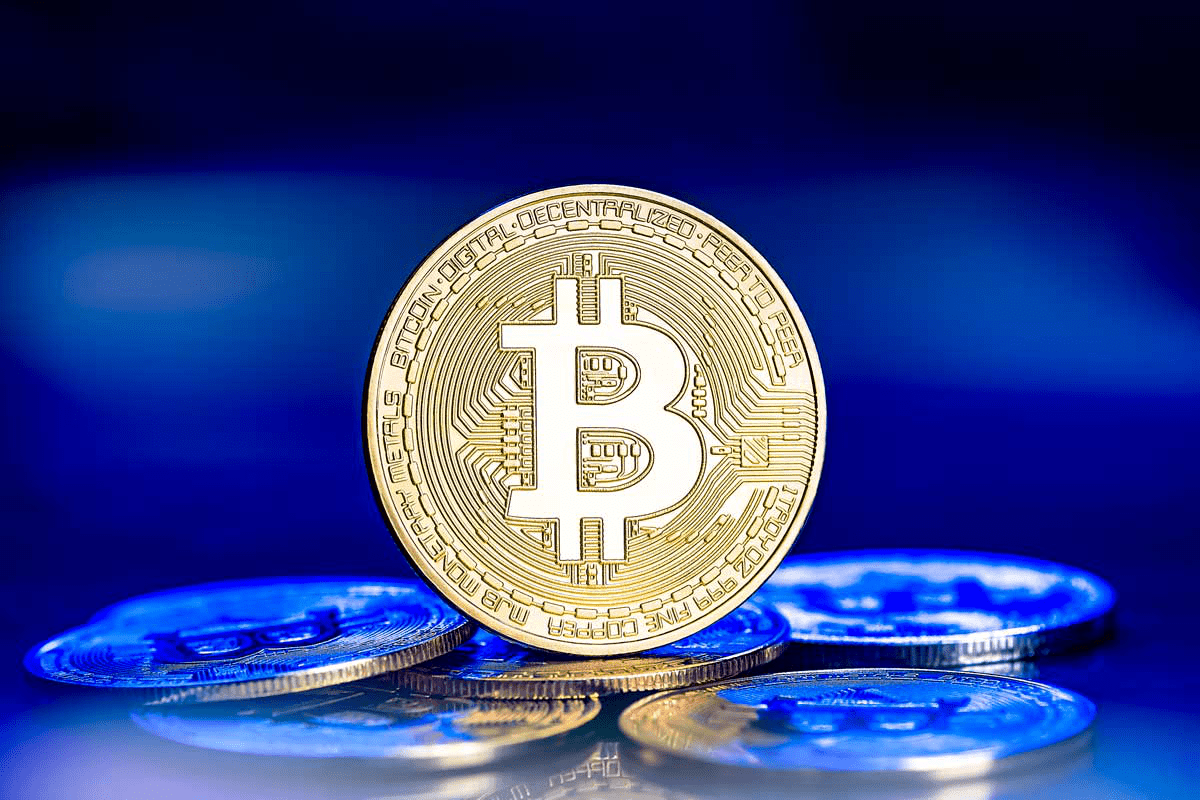Why is it more likely for Amazon to succeed if it launches a stablecoin?
What Factors Make Amazon's Success More Likely with the Launch of a Stablecoin?Author: RICHARD HOLDEN
Translation: Block unicorn
Facebook failed, but another tech giant could soon succeed, get ready for corporate digital currencies.
- Taking the Reins: Binance’s Wild Ride Continues
- LianGuai Daily | MicroStrategy’s Bitcoin investment gains $1.63 billion; Surinamese President meets with JAN3 CEO to develop national Bitcoin strategy
- Bitcoin ETFs: Putting an End to the Crypto Circus
Trading cryptocurrencies is a massive business. For example, Bitcoin processed transactions worth $30 trillion in 2021, more than twice the value of American Express. However, the majority of these transactions are used for speculation. The number of transactions involving the purchase of actual goods and services is so small that it’s difficult to measure.
What kind of development could make cryptocurrencies replace the US dollar as the primary medium of exchange? This could look something like the Libra stablecoin (later renamed Diem) proposed by Facebook (now called Meta). Although Diem faced major setbacks in 2021 and was not supported by US Treasury Secretary Janet Yellen, it doesn’t mean that a similar model cannot be successful. In fact, Yellen’s refusal to support Diem indicates that she believes private digital currencies could be a potential serious competitor to the US dollar and therefore a competition for the US Treasury.
Here, I outline the reasons driving private digital currencies and explain why a currency like the stablecoin model proposed by Facebook, later renamed Diem, could quickly gain prominence in the United States.
Corporate Cash Assets
The concept of private digital currencies dates back to at least 1994 when the late Edward de Bono proposed the concept of “IBM dollars.” In de Bono’s vision, “large manufacturing companies” should create their own currencies to purchase their products. He primarily saw this scheme as a way for companies to smooth sales fluctuations and make their business more predictable.
If Facebook’s Libra proposal ended in failure, how could another private digital currency succeed where Libra failed?
Quickly attracting a large number of users is crucial. This is sometimes referred to as the “flywheel effect” – that is, being large enough in scale for consumers to benefit from network effects. Facebook’s user base might have provided such a customer base, but there is some psychological distance between social media and currency.
For others who might support private digital currencies, this gap might be much smaller. Joshua Gans and Hanna Halaburda pointed out in an important paper in 2015: “Each currency can be seen as a platform, and its attractiveness depends primarily on people’s acceptance of this platform.”
Bezos Stablecoin
Consider Amazon, which has over 200 million unique visitors per month. Its annual revenue is estimated to be around $500 billion. Remarkably, 167 million Americans have Amazon Prime membership, which provides discounts or free shipping for an annual fee of $139, making Amazon their preferred option for shopping. This massive and loyal customer base could enable Amazon to launch its own digital currency. Taking inspiration from some of Libra’s concepts, this digital currency could work as follows:
Amazon Stablecoin will have four main pillars:
The first pillar involves the Amazon platform: Amazon will announce that from now on, users can continue to use credit cards for shopping payments, as well as a digital currency called “Amazon Coin” or “Amazons”. Customers can exchange US dollars for Amazon Coins, and at least in the short term, they can also exchange them back to US dollars at a 1:1 exchange rate, perhaps with a small fee.
Using Amazon Coins for shopping will give users a discount on regular shopping prices, possibly 2%. This will provide incentives for people to use Amazon Coins. In fact, Amazon has already launched a virtual currency called “Amazon Coins” which can be used to purchase specific applications and games in the Amazon Appstore and make in-app purchases. Therefore, Amazon Coins will be a natural extension of this concept.
As a platform connecting buyers and sellers, Amazon has a significant market power and influence. In theory, Amazon can require sellers to accept Amazon Coins instead of US dollars for sales on the Amazon marketplace. However, such an arrangement may not be practical in the short term, as Amazon Coins are of no use to retailers who need to pay suppliers in US dollars, at least initially.
But if Amazon Coins are widely used, this won’t be a problem. The challenge for Amazon is to drive the adoption of its currency without penalizing sellers on its platform. A wise approach would be to pay sellers a portion of the sales price in Amazon Coins, initially perhaps 10%, with the remaining part in US dollars. Each seller would have a digital wallet where Amazon Coins would be paid, and they can smoothly convert them to US dollars.
This approach would create a subtle but useful default for Amazon. Although it is not difficult for sellers to convert Amazon Coins to US dollars, having Amazon Coins in a digital wallet that can be used elsewhere on the Amazon platform at any time will become an incentive to use them.
Depositing funds in the digital wallet and earning interest will incentivize sellers to keep their funds in Amazon’s digital wallet instead of transferring them to a bank where they hardly earn any interest. Introducing these features will provide Amazon with a natural way to offer other financial services to small businesses.
The second pillar:
The second pillar involves Amazon Web Services (AWS), the world’s largest cloud computing company. It was initially created to run Amazon’s own platform but later developed into a company that provides similar services to other companies and even university researchers.
Netflix is AWS’s largest customer, with Twitch and LinkedIn following closely behind in terms of monthly spending. Other major cloud service companies operating on AWS include Baidu, BBC, ESPN, Facebook/Meta (for third-party collaboration with existing AWS users), and Turner Broadcasting. It’s like telling these big companies that they must hold a certain amount of Amazon Stablecoin in advance, without providing any additional benefits. It’s a bit like asking these companies to prepay AWS service fees rather than billing them in the usual commercial manner. This is advantageous for AWS as it effectively transfers working capital (funds for day-to-day operations) from AWS to its customers. It is unlikely that the practice of adding additional costs to customers would be successful. However, Amazon/AWS can form a partnership with some or all of these major companies, which would increase the likelihood of the success of a private digital currency.
But remember what happened a few years ago when Facebook’s Libra Association lost key payment companies, including Visa. These companies had two main concerns.
The first one is whether the Libra Association would fully comply with regulatory requirements. In the October 2019 hearing of the House Financial Services Committee, Representative Maxine Waters (Democrat from California) asked Facebook’s project leader, David Marcus, if the company would wait for Congress to consider appropriate regulation. Marcus replied, “I commit to waiting for all the appropriate regulatory approvals and to addressing all concerns before moving forward.” Waters said, “That’s not a commitment.” Marcus seemed to imply that Facebook would comply with existing regulations, while legislators on the committee made it clear throughout the hearing that such a significant innovation might require significant new regulations.
Joshua Gans and Hanna Halaburda pointed out in an important paper from 2015, “Each currency can be seen as a platform whose appeal depends crucially on the extent to which people accept it.”
The second concern is Facebook’s reputation and past behavior, including its involvement with Cambridge Analytica. Cambridge Analytica, a British company, collected a large amount of personal data from Facebook users without their consent in the 2010s and used it for political advertising purposes.
These concerns were explicitly expressed by New York State Representative Alexandria Ocasio-Cortez (D-N.Y.), who said to Facebook founder Mark Zuckerberg, “I think you probably understand the importance of using someone’s past behavior when determining their future behavior. And I think, for us to make decisions about Libra, we need to study your past behavior, Facebook’s past behavior in our democracy. Mr. Zuckerberg, when did you first learn about Cambridge Analytica’s activities and what year and what month?”
During this exchange, Visa had already exited the Libra Association and released the following statement: “[Visa] will continue to evaluate and our ultimate decision will be determined by several factors, including whether the Association is able to fully satisfy all necessary regulatory expectations. Visa’s continued interest in Libra stems from our belief that a well-regulated blockchain-based network can extend the value of secure digital payments to more people and places, particularly in emerging and developing markets.”
This exchange highlights the crucial importance of reputation in driving companies to use private digital currencies. While a solid customer base may be enough to attract consumers, larger companies like Visa, Netflix, or ESPN need to be sure that participating will enhance rather than undermine their reputation.
Having too much baggage particularly in terms of credible support for digital currencies, Facebook after the 2016 elections. True to Mark Zuckerberg’s famous motto of “Move fast and break things,” the company did act swiftly when it came to profiting from personal user data and carrying out political advertisements.
Nevertheless, private digital currencies could bring significant advantages for companies like Netflix and ESPN. Companies like AT&T and Microsoft have already allowed customers to make payments using cryptocurrencies through processors such as BitLianGuaiy. The reasons behind their choices are not important: whether it sounds cool, because their customers have a philosophical belief in cryptocurrencies, or due to privacy considerations. What matters is that customers seem to want this option. A more stable digital currency will be more attractive for large companies. It may even allow them to expand into other product lines: for example, ESPN could offer sports gambling, an area of interest it has already shown, although such a move would involve regulatory complexity.
Even if some of these companies are hesitant about partnering with a competitor like Amazon, they will understand that the power to control currency will create an extraordinary pool of business revenue in the United States (and possibly elsewhere). Even if Amazon has the largest market share, these streams of business revenue will be enough to distribute among all companies.
The Third Pillar
The third pillar is regulation: Amazon will acknowledge that by issuing an Amazon stablecoin, it is essentially acting as a money market mutual fund. Therefore, the company would gladly agree to have its currency business regulated as a money market fund (MMF) by the U.S. Securities and Exchange Commission.
MMFs are governed by the provisions of Section 2a-7 of the Investment Company Act of 1940. The regulation prescribes several conditions regarding the portfolio of MMFs, including the credit quality of assets in which MMFs can invest, the degree of diversification the portfolio must have, the liquidity it must possess, and the maturity structure of the assets held. Amazon could agree to meet or exceed all of these conditions and commit to making its digital currency reserves the cleanest money market fund.
In this case, the Amazon stablecoin may be subject to additional regulatory requirements related to banking business, especially if it starts expanding into offering credit products and other financial services. However, for Amazon, the main goal is to create a dominant private digital currency rather than trying to make money or circumvent regulations through banking business. Therefore, in this field, Amazon can act with good intentions while pursuing the goal of keeping the flywheel of network externality spinning and expanding the use of its digital currency.
Regulatory compliance will also give Amazon stablecoin the characteristics of the Libra model stablecoin, unlike the Libra reserve, there will be an Amazon stablecoin reserve. Keeping the entire reserve in U.S. government securities will meet regulatory requirements and make Amazon stablecoin holders believe that they can convert it into U.S. dollars (or other currencies, as Amazon is a global company) at any time.
Block Unicorn Note: The stablecoin characteristics of the Libra model typically involve a digital currency supported by a basket of assets, which may include fiat currency, government bonds, etc. The purpose is to ensure the stability of the digital currency through diversified asset support, avoiding significant fluctuations. This design aims to make digital currency more suitable as a medium of exchange, as it does not experience extreme price volatility like some cryptocurrencies.
Amazon will essentially operate a currency market fund in each currency it offers convertibility, which will be an advantage for international consumers who want to avoid exchange rate risks. Moreover, this may make Amazon stablecoin holders more confident as they can convert it into local currency, reducing the risk for customers to hedge against exchange rates and thus reducing the risk of a modern-day bank run on Amazon stablecoin.
The Fourth Pillar
Pillar 4 is Financial Inclusion: Through its efforts on Libra, Facebook portrays the plight of those excluded from the banking system – not just in Sub-Saharan Africa, but also in South Los Angeles and the South Side of Chicago. Many people in these communities do not have bank accounts or pay exorbitant fees for accessing basic banking services such as ATMs. Because they lack alternatives, they may be forced to pay high fees for short-term loans.
Part of the promotion of private digital currencies may be to provide cheap and secure financial services to people in these communities. While this may not be profitable for existing banks and financial service companies, companies like Amazon can easily absorb this cost and see it as a customer acquisition tool.
Some elements of this idea are related to one of the initially underestimated benefits of blockchain technology – a financial innovation called Initial Coin Offering (ICO). ICO is a new financial use case for raising funds for blockchain investments, achieved by issuing so-called tokens or coins on a blockchain distributed network. Tokenization allows the creation of a range of financial instruments, some of which are new and some are superior, with significant potential in the financial markets.
To understand how this works, let’s take Filecoin as an example, which raised $257 million in its ICO in 2017. The project’s basic goal is to create a data storage market. Buyers and sellers must use FIL tokens for transactions, and Filecoin promises to issue a maximum of 200 million FIL tokens. Therefore, in principle, the total value of all FIL tokens will be equal to the revenue generated in that portion of the disk storage market, and the value of an individual token is that revenue divided by the number of tokens.
Owners of FIL tokens are essentially purchasing securities related to income from the data storage market (and betting on it), and those holding these securities can resell them to individuals who want to buy storage space on the network. In the ICO, 10% of the tokens were sold to investors, resulting in a total estimated valuation of $2.57 billion for Filecoin’s future revenue.
Amazon is not the only company that could potentially create a private digital currency that largely replaces the US dollar. Google also has a large consumer and business user base, and Apple is another obvious example.
This is not to say that a private digital currency created by one of these tech giants would create social value. In fact, it would bring about complex issues involving tax evasion, monetary policy, illegal activities, and more.
The challenge facing the US government is that maintaining the status quo seems difficult and may require preventative measures like launching a central bank digital currency to prevent the establishment of a private digital currency that competes with the US dollar. However, in any case, you are likely to see the emergence of such a currency soon.
We will continue to update Blocking; if you have any questions or suggestions, please contact us!
Was this article helpful?
93 out of 132 found this helpful
Related articles
- 12 charts interpreting the crypto market in November NFT recovery is strong, most indicators continue to grow.
- BITO ETF: Riding the Bitcoin Wave
- Bull Runs: Ignited by ESG Winds and Ignition Events
- ABCDE Research Report ZK New Use Cases, in-depth discussion of coprocessors and various solutions
- Cryptocurrency Adoption: A Rigid Revolution
- In-depth Research Report on Blockchain Games Is the Use of Cryptonative Technology a Bubble or a Revolution?
- xPet Fren Pet upgraded version, an electronic pet social game based on Arbitrum






